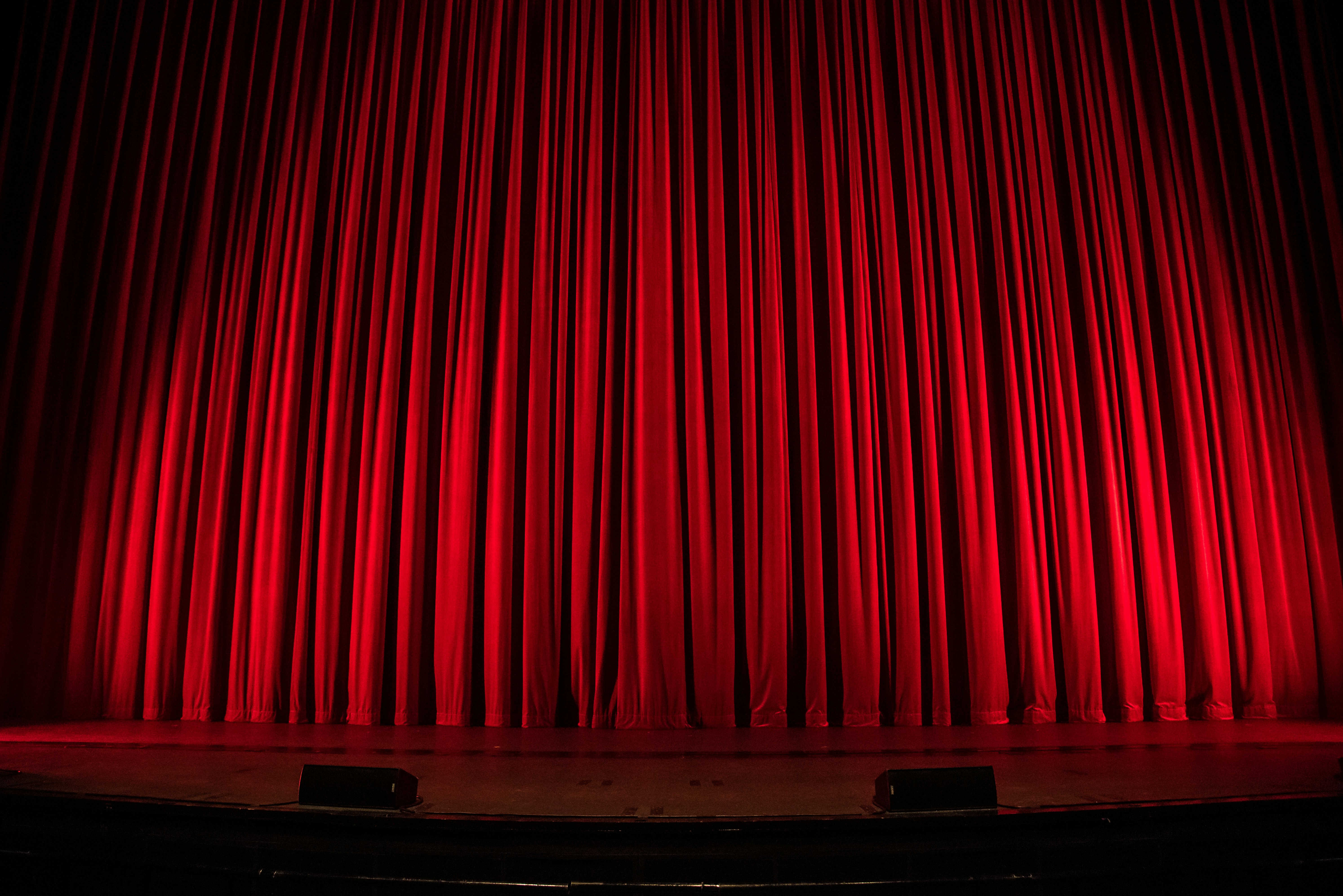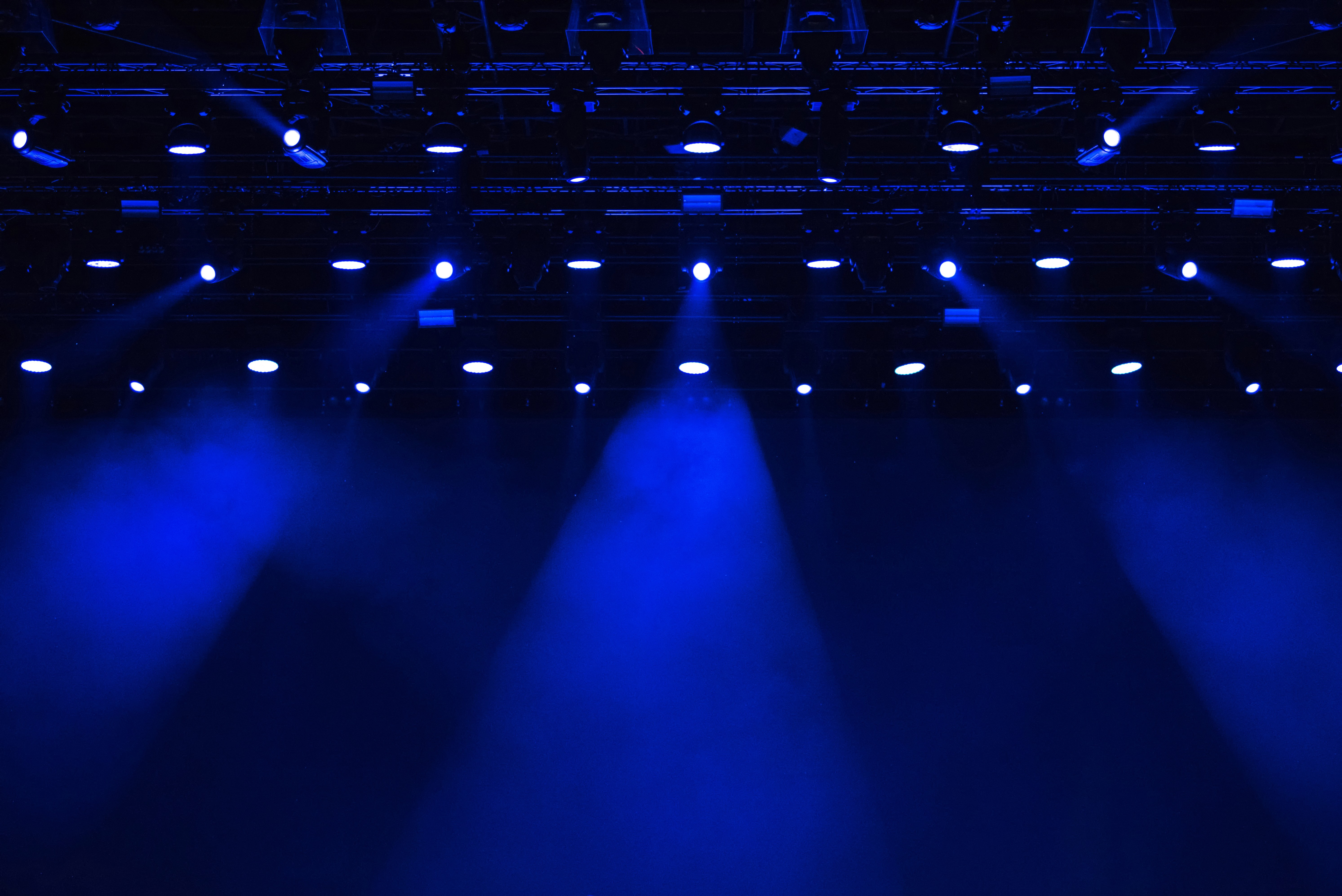Gobos
Definition:
"Gobos" are templates placed in front of a light source to project shapes or patterns onto a surface. They are used in theatrical lighting to create visual effects, enhance scenery, and set the mood.
Detailed Explanation:
Gobos, short for "go-betweens" or "goes before optics," are essential tools in stage lighting and design. They are typically made of metal or glass and contain cut-out patterns or images. When placed in front of a lighting fixture, gobos shape the light into specific designs, projecting these patterns onto floors, walls, backdrops, or other surfaces.
The use of gobos allows lighting designers to add texture, depth, and interest to a scene without the need for physical set pieces. Gobos can be static or rotating, with the latter providing dynamic, moving effects. They are commonly used in various settings, including theatre, concerts, corporate events, and architectural lighting.
Types of Gobos:
Metal Gobos:
Made from thin sheets of metal, these gobos are durable and typically feature simple, monochromatic patterns due to the limitations of the cutting process.
Glass Gobos:
These gobos can be more detailed and colorful, allowing for intricate designs and complex images. They can also include full-color photographic images.
Rotating Gobos:
Mounted in special holders that allow them to rotate, these gobos create moving patterns and effects, adding dynamism to the lighting design.
Static Gobos:
Fixed in place, these gobos project a constant pattern or image, ideal for creating stable background textures or thematic elements.
Advantages of Gobos:
Visual Enhancement:
Gobos add visual interest and texture to a scene, enhancing the overall aesthetic and helping to set the mood.
Versatility:
They can be easily swapped out to change patterns or effects, providing flexibility in design and quick adaptation to different scenes or events.
Cost-Effective:
Gobos offer a cost-effective way to create complex visual effects without the need for extensive physical set construction.
Challenges of Using Gobos:
Heat Management:
Lighting fixtures can generate significant heat, which can warp or damage gobos over time, particularly metal ones.
Design Limitations:
Metal gobos are limited in the complexity and detail they can achieve compared to glass gobos.
Maintenance:
Gobos need regular cleaning and maintenance to ensure they project clear, sharp images without distortion.
Uses in Performance:
Theatre Productions:
Gobos are used to project scenery elements, textures, and thematic patterns, creating immersive environments on stage.
Concerts:
Lighting designers use gobos to project dynamic visuals and enhance the atmosphere, often in sync with the music.
Corporate Events:
Gobos can project company logos, branding elements, and decorative patterns, adding a professional touch to events.
Architectural Lighting:
Gobos are used in architectural lighting to project patterns and images onto buildings, adding visual interest and enhancing the aesthetic appeal.
Design Considerations:
When selecting and using gobos, several factors must be considered to ensure they achieve the desired effect:
Material Choice:
Choose between metal and glass gobos based on the required detail and durability. Metal gobos are durable but limited in detail, while glass gobos offer intricate designs and color options.
Lighting Fixture Compatibility:
Ensure the gobo is compatible with the lighting fixture being used, considering factors like size, heat tolerance, and mounting options.
Pattern Selection:
Select patterns that complement the overall design and theme of the production, ensuring they enhance rather than distract from the performance.
Conclusion:
Gobos are versatile and powerful tools in stage lighting, allowing designers to project shapes, patterns, and images that enhance the visual appeal of a performance or event. By providing texture, depth, and thematic elements, gobos contribute significantly to the aesthetic and emotional impact of a scene. Despite challenges related to heat management, design limitations, and maintenance, the benefits of visual enhancement, versatility, and cost-effectiveness make gobos indispensable in modern lighting design. With careful selection and thoughtful integration, gobos can elevate the quality and creativity of any production or event.


